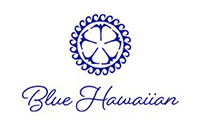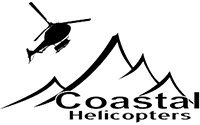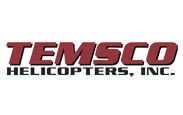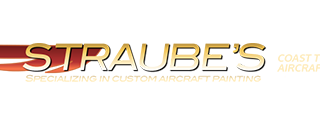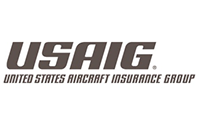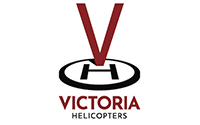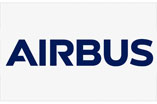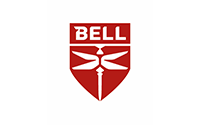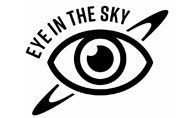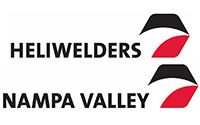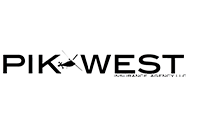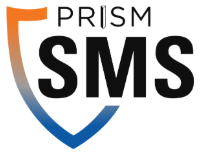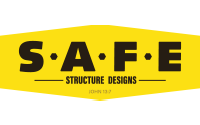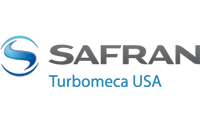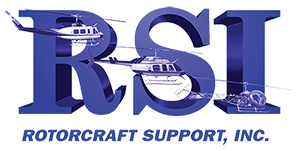MEMBERSHIP
TOPS operators will establish and enforce standards to ensure that safety is the primary consideration for air tour operations. These standards include avoiding any perception of a thrill ride, aerobatics, nap-of-the-earth flying or unnecessary abrupt maneuvers. TOPS also calls for the establishment of a Safety Management System (SMS) that includes professional risk management courses for each member company’s Safety Manager, ongoing safety training for personnel, and annual safety audits. Another critical element for TOPS operators is a robust safety culture that includes sharing of lessons learned for continuous safety improvement and by providing recommended practices that are best-in-class and exceed regulatory requirements.
Regular safety audits must be conducted by an independent auditor designated by TOPS. Passing the independent audit is a condition of becoming an approved TOPS operator. Passing an annual audit is required to remain a member in good standing.
Management also will establish clear flight operating standards and weather minimums to provide safe and consistent day-to-day operations. These standards will never compromise safety and the pilot’s professional judgment will be respected at all times.
Management will encourage coordination with other operators flying in the same air space. Regular meetings will be held to coordinate route, position reporting, noise abatement, and safety procedures.
Training will emphasize the utmost standard of professionalism, safety, attention to detail, compliance with the Federal Aviation Regulations (FARs), and company standards. All pilots are trained as a minimum under the FAR Part 135 flight training standards. Additional training is also required in Crew Resource Management, Aeronautical Decision Making, recovery from adverse weather conditions, aircraft performance planning, emergency procedure training, and on-board passenger briefings.
TOPS members are also required to recognize maintenance safety through the FAA Maintenance Technician Awards Program and industry safety award programs. The sharing of maintenance information with other operators through the Maintenance Malfunction Information Reporting (MMIR) process is also required. A technical library must be maintained and made available to all maintenance personnel.
Operators who contract out maintenance will require contractors to follow TOPS standards, and those contractors also are subject to audit.
In addition to the federal requirements, TOPS requires its members to have Emergency Locator Transmitters (ELTS) on all aircraft. For over water flights, members must carry flotation equipment to accomplish a safe emergency water landing, and each passenger and the pilot will wear an approved personal flotation device.
TOPS members also use aircraft visibility enhancing equipment hat includes flashing landing lights, high-visibility rotor blades, and strobe lights, as well as equipment to meet federal regulations governing night VFR instrumentation for recovery from adverse weather conditions.
TOPS goes beyond the requirements of the Federal Aviation Regulations for Part 91 and Part 135 operations, under which most tours are conducted. The following table lists some of the TOPS safety requirements that exceed the regulations.
|
TOPS |
FAR |
FAR |
|
| Required Safety Program | |||
| Annual Safety Audits | |||
| Designated Safety Manager | |||
| Human Factors & Aeronautical Decision Making Training | |||
| Ongoing Safety Training | |||
| Pilot Requirements of 1,000 hrs. flt. time and typical terrain experience | |||
| Minimum enroute altitude of 500 feet above ground level | |||
| Minimum of 1 mile visibility | |||
| Maximum angle of bank (30) and pitch (10) with smooth transitions | |||
| Avoidance of the height-velocity curve | |||
| 3 year experience requirement for A&P mechanics | |||
| Maintenance factory training requirement | |||
| Mechanic annual training requirement | |||
| Emergency Locator Transmitter required (ELT) | |||
| High visibility rotor blades and flashing landing lights | |||
| Aircraft instrumentation required to night visual flight rule standard | |||
| Specialized ground support personnel training |
Program Costs
Regular Members
Membership in TOPS is $440 per year plus $220 per aircraft per year for full regular members (tour operators), payable 50% at the time of membership application (non-refundable after conditional acceptance) and 50% upon completion of an acceptable audit report and final acceptance into the program by the review committee. Acceptance will establish each new member as a regular member of the organization.
Transitional Members
Membership in TOPS is $220 for the first year plus $110 per tour aircraft. Thereafter, $330 per year plus $110 per tour aircraft. 50% is due at the time of application and the remainder due after completion of the gap analysis and acceptance by the review committee.
Associate Members
Associate members show their support for a high standard of safety in the helicopter tour industry and receive unique opportunities to work with our regular members.
The Associate member fee is $2,200 per year for manufacturers and Underwriting insurers; and $550 per year for other associates.
INTERESTED IN BECOMING A TOPS MEMBER Contact Executive Director
- A safer operation
- Insurance discounts
- Preference in tour booking sectors
- An outline that can be used as a guide for developing a training program
- An outline that can be used as a guide for developing a safety program
Materials to assist in the development of a proper passenger briefing program including:
- Sample script
- Sample passenger briefing cards
- Clipart for computer generation of briefing materials
- Sample of video for developing a video briefing program
Endorsements from industry and governmental agencies in recognition of the operator’s commitment to safety, including:
- Insurance industry
- Travel industry (ASTA, NTA, World Tour Association and state travel and tourism)
- FAA
- HAI
- NTSB
- Cruise lines, media, environmental groups, incentive groups, travel desks, ticket sales outlets, etc.
The TOPS logo and a plaque to display your commitment to the safety program will be available to all subscribers.
A list and subscription forms for appropriate aviation periodicals.
Human Factors/Crew Management training materials geared to the single-pilot tour operator
- Helicopter operators dedicated helicopter air tour operation(s) as an integral part of their business shall qualify as potential members.
- Membership fee shall be $400 per year plus $200 per aircraft per year for full membership, payable 50% at the time of membership application (non-refundable after conditional acceptance) and 50% upon completion of an acceptable audit report and final acceptance into the program by the review committee. Acceptance will establish each new member as a regular member of the organization. Membership fee shall be $2,000 per year for manufacturers and insurers; and $500 per year for other associates.
- Each regular member must pass an initial safety audit, and then pass an annual safety audit.
- Acceptance as a regular member will entitle member to all privileges of membership; i.e. certificates, endorsements, plaques and the right to use the TOPS logo.
- Nothing contained in this membership will create a contractual condition that may cause the association to be at risk for any liability and the regular member will agree to indemnify defend and hold harmless the association for any claim that may arise as the result of an accident, a breach of any sort, or any other claim that may arise as a result of membership.
- Each member recognizes that the sole purpose of this organization is to promote safety through additional disciplines and that final safety of operations remains solely the responsibility of each individual operator.
- After an unsatisfactory Safety Audit has been reported to TOPS, the operator has thirty days to submit a plan of correction for the deficiencies. The plan must include a schedule for the corrections which may not exceed ninety days. If the corrections are not completed in the allotted time, the member will be terminated from the program. The member may appeal a termination decision to the Board of Directors whose determination will be final and without recourse.
- The company may reapply for membership upon completion of an acceptable audit report.
- TOPS is dynamic. It can be changed by a two-thirds majority of the Board of Directors. Any change to the program will be published and distributed to the regular members. After a Change, members will have 30 days to re-evaluate the program and may resign. If a member resigns subsequent to a change to TOPS, any unused portions of membership dues and fees will be returned. Promotional materials must be returned to TOPS as outlined above. Any member who resigns in this manner will remain in good standing.

